One of the fascinating aspects of archaeology is that it provides insight into the events that took place on Earth hundreds of years ago. Additionally, it sometimes uncovers anomalies that baffle even the best brains, leaving many questions unanswered. When this involves puzzling artifacts or odd structures, it results in truly strange outcomes.
Here are 25 bizarre things found on Earth we still can’t explain.
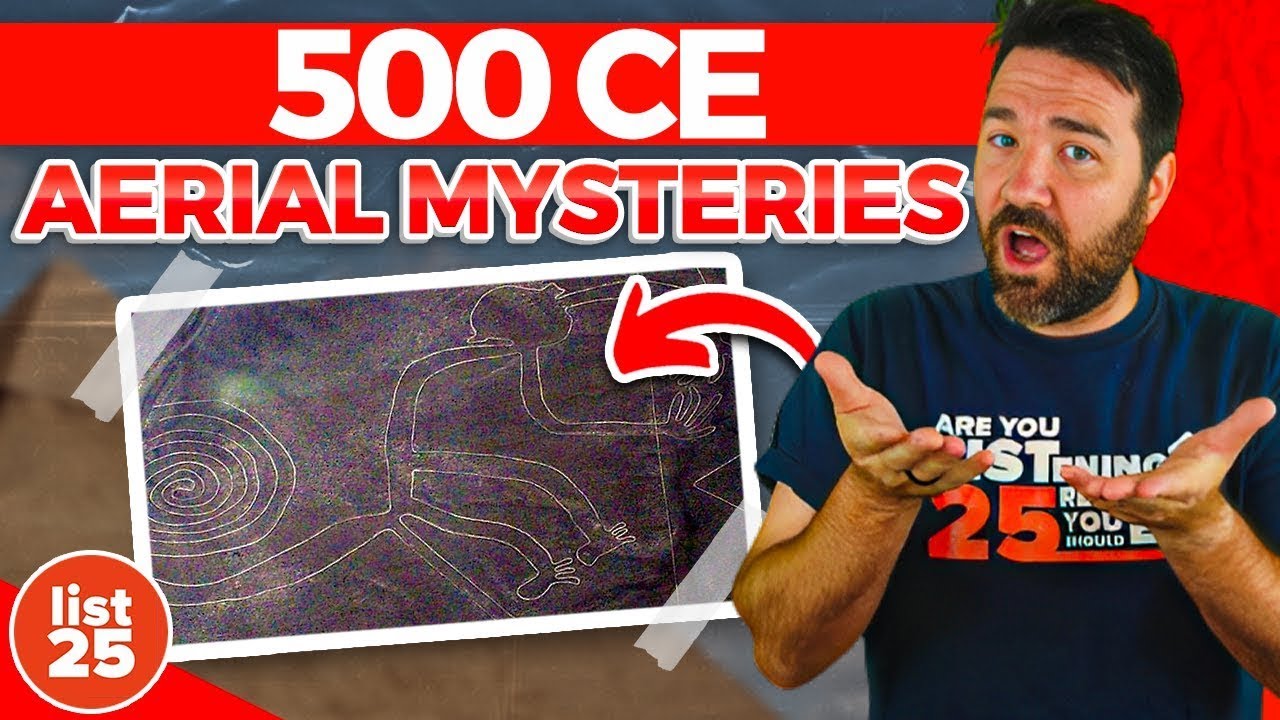
The Loki buckle
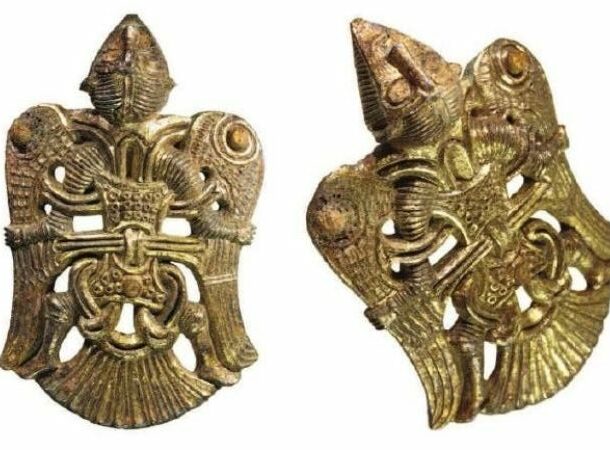
I’m going to start this trip through the ancient and unexplained by checking out some eye-opening artifacts. Beginning with this one. Loki lives! Some of you may think this is just a character from Marvel Comics. However, Loki also exists as a figure in old Norse mythology. This particular image of him wasn’t found on Disney Plus but on a belt buckle discovered at the Viking settlement of Ågård in Denmark.
It’s thought to be the first Loki-based artifact uncovered here, with others found only in Sweden, according to reports of the time from 2017. I should also mention that depictions of Loki have reportedly been seen in Norway, These things are tough to verify, and with good reason. The mischievous and disruptive Loki is a legend, so it’s not possible to say whether he actually existed. And if he did, what form he took? There are even doubts the find in Denmark could be a representation of him in the first place. Either way, it’s a tantalizing mystery.
Saqqara Bird
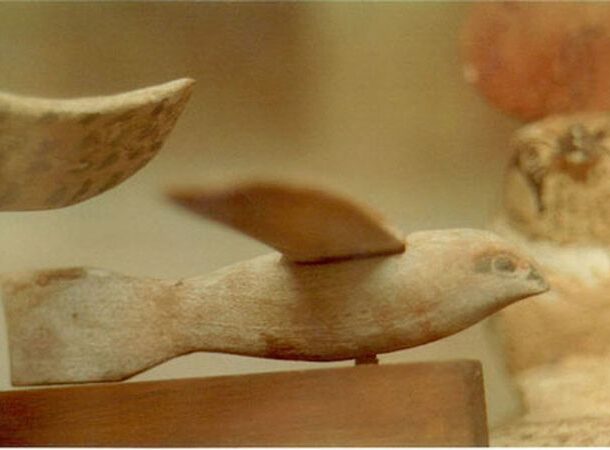
Ancient Egypt left behind some amazing-looking artifacts and structures for us to marvel at. Trouble is, we can only make educated guesses as to what exactly was going on back then. The Saqqara Bird is an example of this enduring mystery. It dates back approximately 2,200 years. Remember the old Superman line, “Is it a bird? Is it a plane?” That’s precisely the dilemma that has faced experts since the wooden figurine was recovered in the late 1800s.
Due to the design, which is sort of like a glider, people believe that the figurine represents some kind of Ancient Egyptian aircraft. Prototypes have even been built, with mixed results. Others are certain the Saqqara Bird is a toy or similar object. We simply don’t know for sure.
Ancient planes
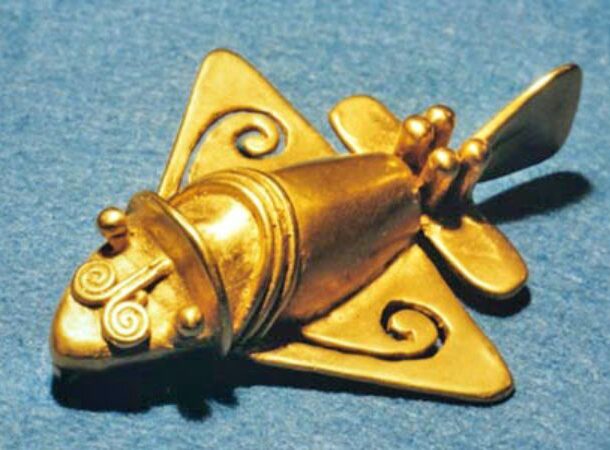
Sticking to the aviation theme, here are some elaborately designed gold objects from Ancient Egypt. Some think they show animals. Others believe they show a surprisingly sophisticated aircraft design from 500 CE, or the Common Era, which is measured from the time period believed to be the birth of Christ. You could also call it AD, Latin for “in the year of the Lord”. However you say it, these so-called trinkets have the archaeological community scratching their heads.
The Baghdad Battery
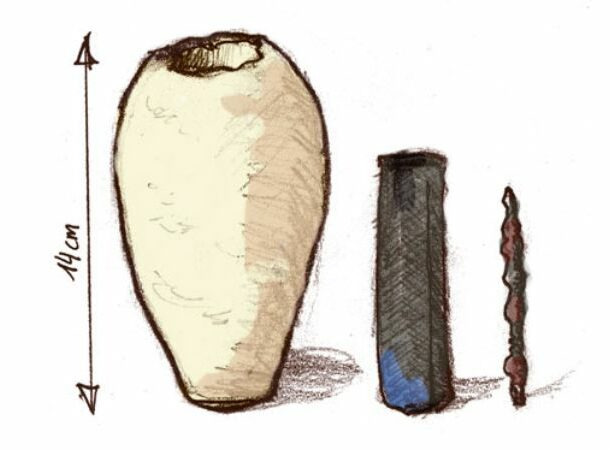
Batteries are thought to be a relatively modern invention, but did they exist thousands of years ago? This is the intriguing question thrown up by the Baghdad Battery. It was found in the late 1930s by Wilhelm König, an archaeologist from Germany. He uncovered the so-called battery to the south east of Baghdad, Iraq. From the outside it looks like a six inch high clay pot, but peek inside and you’ll see a sheet made of copper which is rolled up and contains a rod of iron. Why do people think this bizarre yet fascinating object is a battery? Because you can use it to generate electricity, albeit around a volt’s worth. You do this by pouring an acidic liquid such as vinegar into the vessel, though nothing too strong. The mild acid reacts with the copper and iron, enabling you to power an incredibly small car. I made up the bit about the car.
Mysterious artifacts are often found at sites of historical interest. For example, the Baghdad Battery was discovered within range of Ctesiphon, a city that used to be part of ancient Iran. Let’s take a look at some other staggering locations where people a lot like us used to live, work and love…
Patom crater
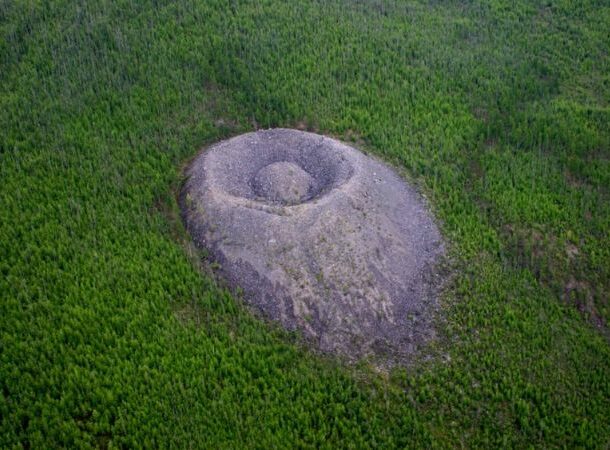
This limestone oddity looks like it was made by human hand. Instead it seems nature created the extraordinary geological sight. That’s the theory anyway. No-one can say for certain how the Patom crater came to be. It measures 520 feet across and is nearly 140 feet high. Named after the local feature of the Patom river in chilly Siberia, it keeps the natural world at bay. Because it sticks out and has an intimidating, otherworldly vibe, it’s also earned the name Fire Eagle’s Nest. The crater isn’t especially ancient, and apparently dates back approximately several hundred years.
We first laid eyes on it in 1949, with geologist Vadim Kolpakov from Russia spotting the awesome chunk of rock. Natural explanations for the crater include an explosion of steam caused by activity below the surface. Not so natural explanations include UFO phenomena. Big surprise, right? Personally I think it looks like a giant belly button. Like maybe a monster from a Ray Harryhausen movie went for a lie down and passed away before the forest grew around them? I may be reaching there.
Nazca lines
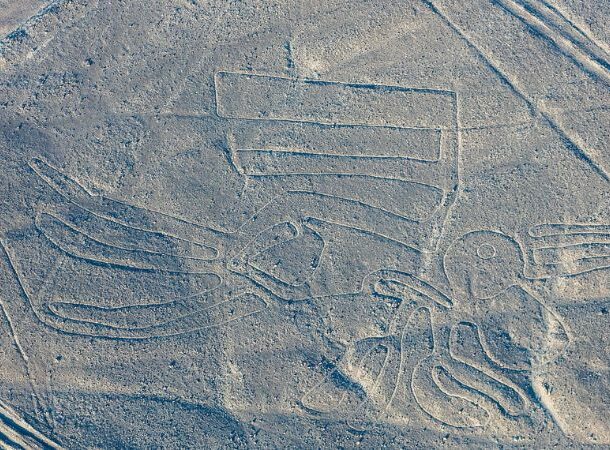
You may not know what a geoglyph is, but you’ve probably seen one. They’re usually photographed from the air and are typically shaped like people or animals. They can be made out of objects like rocks. Or, instead of putting things down, you can take them away. What do I mean? Well, a good example of this is the Nazca lines in Peru.
Dating back to between 500 BCE and 500 CE, i.e. the Common Era, the Nazca “artist” has used the landscape as their canvas. The lines are white because that’s the color of the ground when you pick up the pebbles which cover it. Various forms of life, lines and shapes are presented, though to this day a proper explanation hasn’t been found for why the lines are there.
Mystery Hill
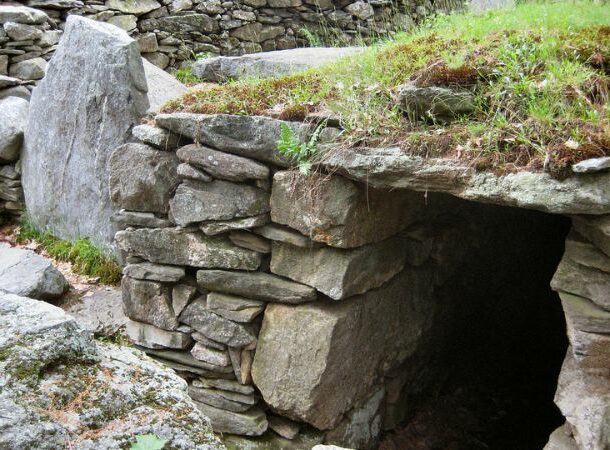
It’s easy to think of ancient historical sites as faraway places. Some however are quite close to home. If you’re in the US, you’ll want to know about the site dubbed Mystery Hill, which is located in the decidedly non-exotic area of New Hampshire. Composed of stone structures such as walls and caves, the hill has managed to boggle the minds of those who visit. Is it a megalithic stargazing platform built by Native Americans some 4,000 years ago? Or is it more recent? Some believe it was put up as late as the nineteenth century.
Not so fun fact: the place is situated in Salem, the famous home of witches and those who persecuted them. That makes it rather sinister! Mystery Hill is also compared to the ancient location of Stonehenge in the UK. For that reason, it’s called “America’s Stonehenge”. If only Spinal Tap knew about this place!
The face in the rock
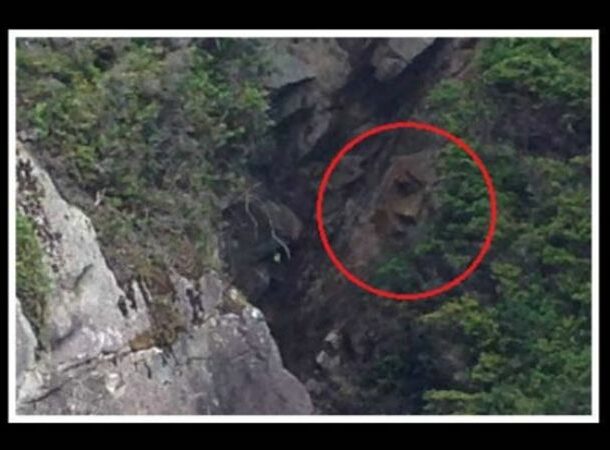
This bizarre feature has been capturing people’s imaginations since 2008. Found on Reek’s Island in the Pacific Rim National Park Reserve in Canada, the face – or what looks like one – was spotted by someone passing by in a kayak. It doesn’t look like anyone has gotten close enough to the approximately seven-foot-high piece of rock to make a definitive assessment.
That makes it difficult to establish whether it’s been created by humans or by natural forces. There’s also a possible link to the Tseshaht First Nation of tribes, who have a long-standing presence in the area.
Gobekli Tepe
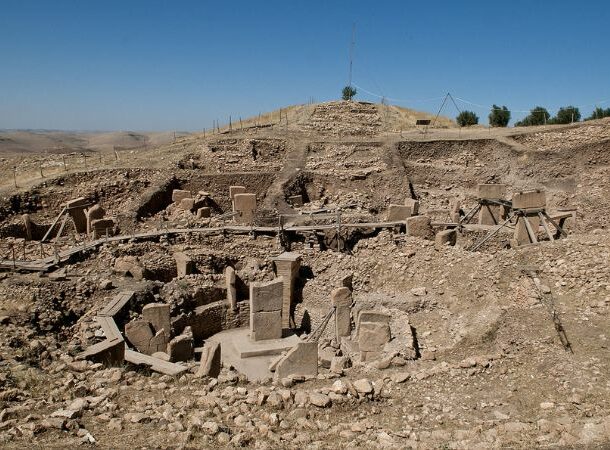
Another mysterious sight made from stone is Göbekli Tepe in southeast Turkey. The name translates as “Belly Hill”. It was first discovered in the 1990s by Klaus Schmidt, an archaeologist from Germany. The carvings here, which are also thought to resemble Stonehenge, reportedly date back around 11,000 years. It features t-shaped pillars and the material used is limestone, like the plateau it rests on. Stone tools were also found. Hunter-gatherers living in the Pre-Pottery Neolithic Period appear to have built the structures, and their actual purpose has been lost in the mists of time.
It’s a safe bet to assume there was some religious activity motivating the construction of Göbekli Tepe. Klaus Schmidt believed that rituals were performed there, and evidence of people living on the site has also been uncovered in recent times. It’s one of the oldest examples of its kind on the planet.
Ica Stones
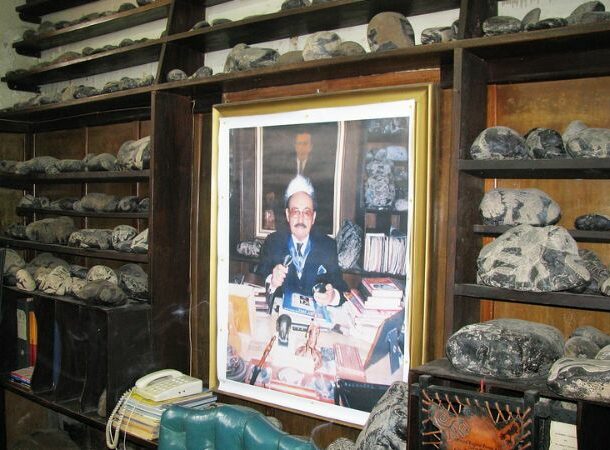
The Ica Stones came into the public eye care of Dr Javier Carbrera Darquea. His collection of artifacts numbered over a thousand, and had a surprising beginning. Back in the 1930s, the good doctor was approached by a farmer in Peru. He held out a stone, which bore the image of a fish. And no ordinary fish. This was one that apparently predated human existence. So who made the image? In the Doctor’s view, this was evidence that aliens had possibly created these depictions. Or humanity was older than originally thought.
This self-appointed expert, who wasn’t trained in archaeology, left behind a bunch of these intriguing stones, named after the Peruvian province of Ica. Safe to say not everyone was convinced. The stone-based images of surgery, adult content, and dinosaurs… yes dinosaurs… that Dr Carbrera Darquea went on to collect are fascinating. Many would bet the farm on the fact it’s all made up though!
Guatemala stone head
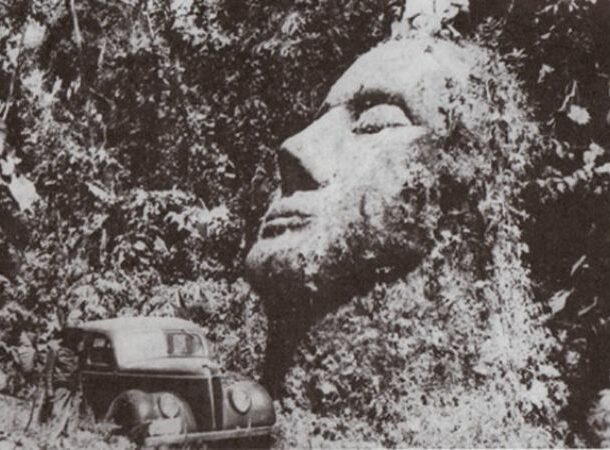
I’m sure you’ve heard of the big stone heads of Easter Island, but what about the stone head of Guatemala in Central America? The country hosts this striking-looking Caucasian countenance in its jungle to the south. These features certainly don’t appear to be local, given the history of the area. With its eyes closed and nose aimed at the sky, you can’t help but marvel at the detail, and the work that must have gone into creating it.
Apart from the fact it was discovered over a hundred years ago, we don’t know much about the head. Its presence was unveiled to the world by Dr Oscar Rafael Padilla Lara, who was notified decades after explorers documented it. There’s no evidence to say this is actually an ancient feature. But there’s nothing to say it isn’t either!
Skara Brae
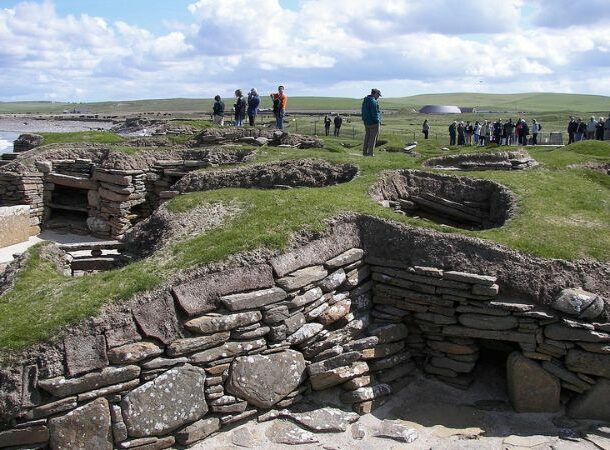
We’re off to colder climes now, and the area of Skara Brae. This Neolithic village, which features stuff like beds and even a toilet, is in the Orkney Islands in Scotland. The most mysterious thing about it is this… what happened to the people? Experts believe the Stone Age village was abandoned in mysterious circumstances, circa 2500 BC.
Who discovered it? Well, nature played a big role here. It’s stated that in the mid-nineteenth century, a storm blew away a dune. Beneath it was the village of Skara Brae.
Angkor

Another incredible jungle discovery was the ancient city of Angkor in Cambodia. This preindustrial hub is said to have housed approximately a million people. It also utilized water as a power source. It’s well preserved, though that doesn’t make it any less of a mystery. This is highlighted by the fact we aren’t clear on why the place went from being a mighty urban center to being deserted and overtaken by the natural world.
Kites
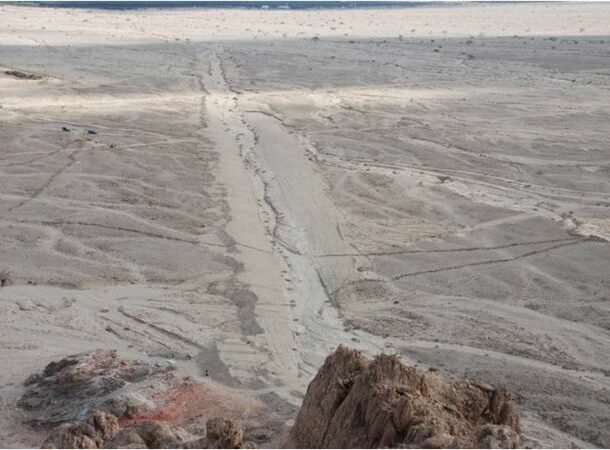
These aren’t ancient kites, but they are connected to the air. By which I mean that they’ve been spotted from high above by humans flying over the Middle Eastern desert. The pilots observed a sight that resembled the image of a kite, hence the name. There were humans down there of course, who made the low stone walls that have puzzled experts over the decades.
We’ve known about the walls since the early twentieth century. The country-spanning structures run on for some forty miles. By the twenty-first century a theory had been developed, saying that the walls functioned as animal traps. The unfortunate prey would come up against the barriers and be directed to some kind of slaughter pit. This makes sense but, as with any of the entries on our rundown, the jury is still out. Maybe we’ll never know for sure!
Ggantija temples
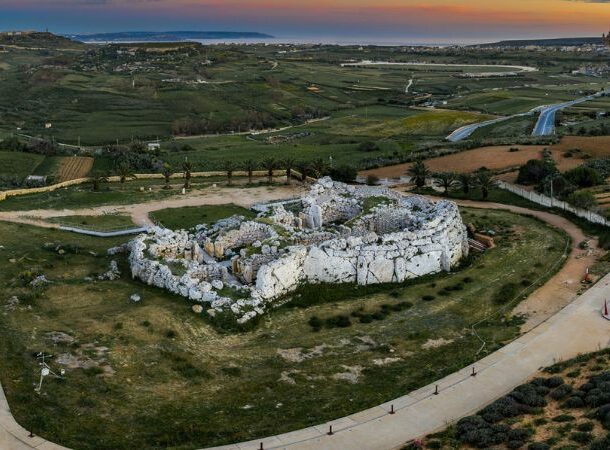
On an island in Malta, which goes by the brilliant name of Gozo, there stands a collection of megaliths. They’re made of limestone and the biggest are around twenty feet high. Experts are reportedly surprised at how such a substantial construction was created by ancient peoples. There is some debate over who actually built the Ggantija temples however. At an age of well over 5,000 years, they pass the mysteriousness test. Though it’s pretty bizarre to think that the stones are attributed to a group of giants. Big ideas need big people I guess.
We can’t jump in a time machine and find out who exactly built these amazing structures, or left behind such amazing artifacts. Yet there are things we find that give an idea of who people were and what they did. Sometimes of course this evidence is very baffling and bizarre, and only serves to deepen the mystery…
Sanxingdui artifacts
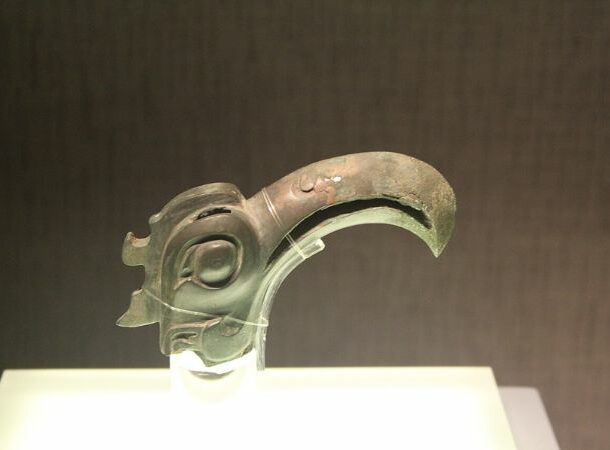
They were first heard about by modern-day ears in 1929, with the story fleshed out over half a century later. The Sanxingdui culture lived in China approximately 3,000 years ago. They left behind striking artifacts made from jade, stone, and bronze, among other materials. The Sanxingdui departed from their home for some reason, but interestingly buried many of their wonders in pits. This extraordinary-looking head is just one example of their work.
A particularly cool detail about the archaeology is that the initial finds were made by a sewage worker. Dirty job for sure, yet it goes to show you don’t have to be a big-time professor to strike it lucky with a stunning discovery.
Unexplained Royal burial
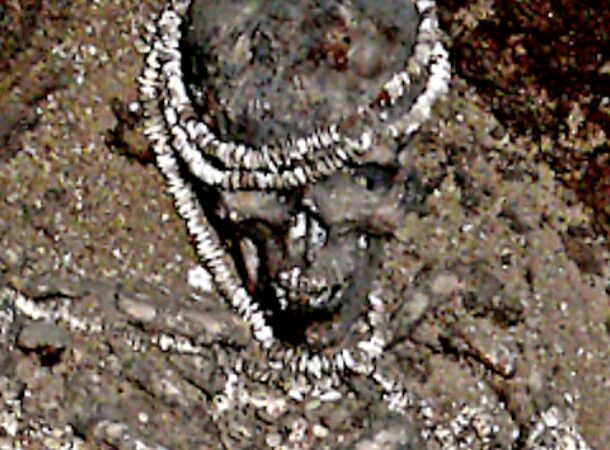
This highly intriguing Upper Paleolithic burial is believed to have taken place an astonishing 34,000 years ago. A pair of children were laid to rest as part of a hunter-gatherer community at the Sunghir site in Russia. The two males appear to have been buried in ceremonial fashion, with adornments including spears and fox teeth.
A particularly fascinating thing is that the children displayed evidence of disabilities. Their identities are unknown, but given the nature of the burial, they were surely important members of the group.
Man “E”
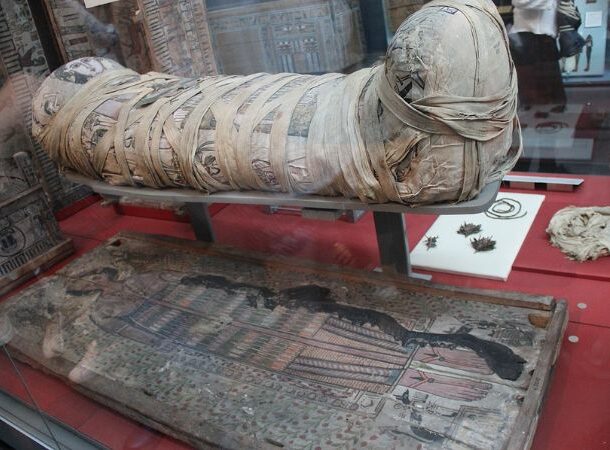
Is there anything more unnerving and bizarre than a dried out old mummy? What about a dried out old mummy with its face captured in what appears to be a scream? It’s the stuff of nightmares, and was uncovered in the late nineteenth century. And by uncovered, I mean literally.
The Ancient Egyptian find had to be de-mummified to give experts a chance to see who the individual was. They may have wished they hadn’t interfered with those bandages once they laid eyes on that face. Yikes!
Cannibals

The image of an ancient Neanderthal with his thick set features and caveman-like behavior is well established. Did you know however that some of these people ate each other? This doesn’t seem to be followed across the board, with evidence of cannibalism noted in some locations and not others.
One example was found in a Belgian cave, where human bones that clearly belonged to a murder victim brought a new perspective to the Neanderthal’s primal reputation. Not only were the cave dwellers cannibals, they also reportedly used the bone marrow, as well as fashioning tools from the leftover skeleton.
Massacre at Sandby Borg
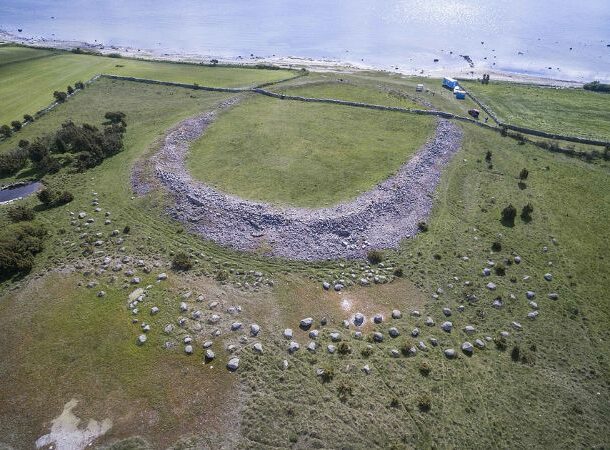
A surprise attack left the inhabitants of a fifth-century Swedish community dead and undiscovered till centuries later. Sandby Borg is an Iron Age ringfort, as in an ancient settlement arranged in a circular pattern. The unfortunate victims were brutally slaughtered, though no one is sure why the massacre took place. This is an interesting example of an archaeological find that in one way is very specific, and in another a bizarre puzzle. The area is quite familiar and we have an idea about the people. What we don’t know is why their lives ended so violently.
I promised you a list of bizarre things, and the stories have been quite bizarre so far. That said, it’s time to turn full-blown historical weirdo. This next section of the video features one eye-popping discovery after another…
The Spheres of Costa Rica
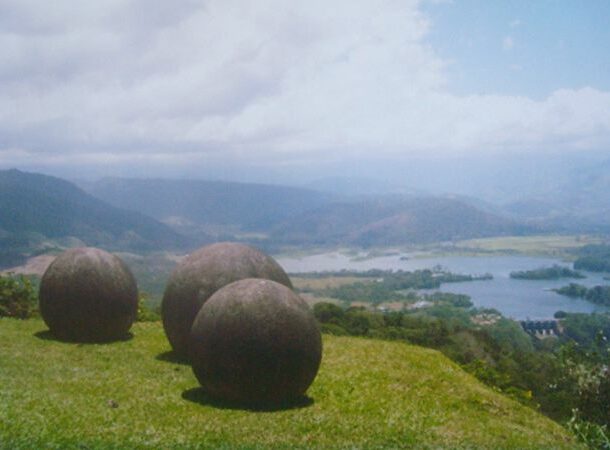
These perfectly-formed spherical oddities are found in the Central American jungle. The smallest is several inches and the biggest is far greater than that. Authority figures in ancient Costa Rica, or the territory which became Costa Rica, would have the spheres arranged in lines on the approach to their houses. Some of the balls were seven feet in diameter. The bigger the balls, the higher the power? Who knows.
I dread to think! We can see they’re made of gabbro rock, limestone and sandstone. For such a distinctive looking thing, they’re definitely shrouded in mystery.
Hobbits

I mentioned Loki earlier, now it’s time for another character from a blockbuster franchise. This time Hobbits. Not the creatures from Middle Earth as such, but an ancient collection of skeletons which belong to a small group of human ancestors called Homo floresiensis.
Crazily, we didn’t know about these little people until 2003, when they were discovered on Flores, an island in Indonesia. This find broadened the scope of human development, though it didn’t offer much in the way of explanation. They fit in somewhere, but where? Apparently they lived on the island around 100,000 years back. And yes, like Tolkien’s Hobbits they had short legs and big feet.
Crystal skulls

The crystal skulls aren’t just a plot device in an Indiana Jones movie. Indy’s adventure was based on a very real example of bizarre archaeology. Made from quartz, they are associated with Ancient Mesoamerica. These powerful civilizations, which included the Aztecs, were brought down by the Spanish in the sixteenth century and occupied Mexico and Central America. They carved the crystal skulls for a meaningful purpose I’m sure. The skulls are impressive and more than a little scary.
What was in the minds of the people who made them however is something we have little to no idea about.
Wooden arm in a well
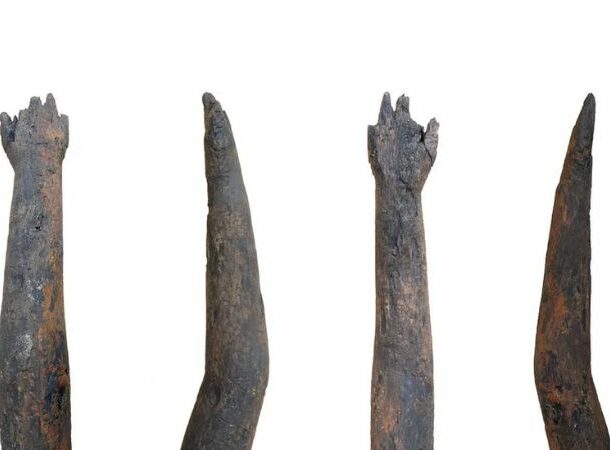
What was an arm doing at the bottom of an Ancient Roman well in Northamptonshire, England? Located at an industrial estate of all places, the 2,000 year old arm was fashioned from a tree branch and was very well-preserved. Is the arm, thought to belong to a wooden body long since lost, evidence of an offering to the Roman gods? It took until 2019 for the bizarre discovery to be made, and I’m sure it will have experts’ brains hurting for years to come.
Natural nuclear reactor

You don’t necessarily need a construction crew to build a nuclear reactor. It can all happen thanks to Mother Nature. How do we know this incredible fact? We have archaeology and the ancient world to thank.
Located by modern day experts in a West African mine, this reactor developed without any interference from humans. In fact it predates our species by some way. The Oklo mine reactor is thought to be around two billion years old. How on earth did it work? It began generating thermal power through a combination of clay and uranium minerals that found themselves mixed together. Flood water then dissolved the minerals and took them down underground into the water supply. Algae absorbed the uranium. Because there were so many uranium-rich algae, it resulted in a critical mass, and then a chain reaction. Neutrons and atoms did their thing, and the rest is history.
I can’t give you a comprehensive overview of how a modern nuclear reactor works. We’d be here a while. It’s enough to simply sit there and gawp at the idea such a thing can exist without a single inanimate carbon rod in sight. Sure, there’s an explanation but is it really possible? I think this story is mind-blowing and almost unbelievable.



























